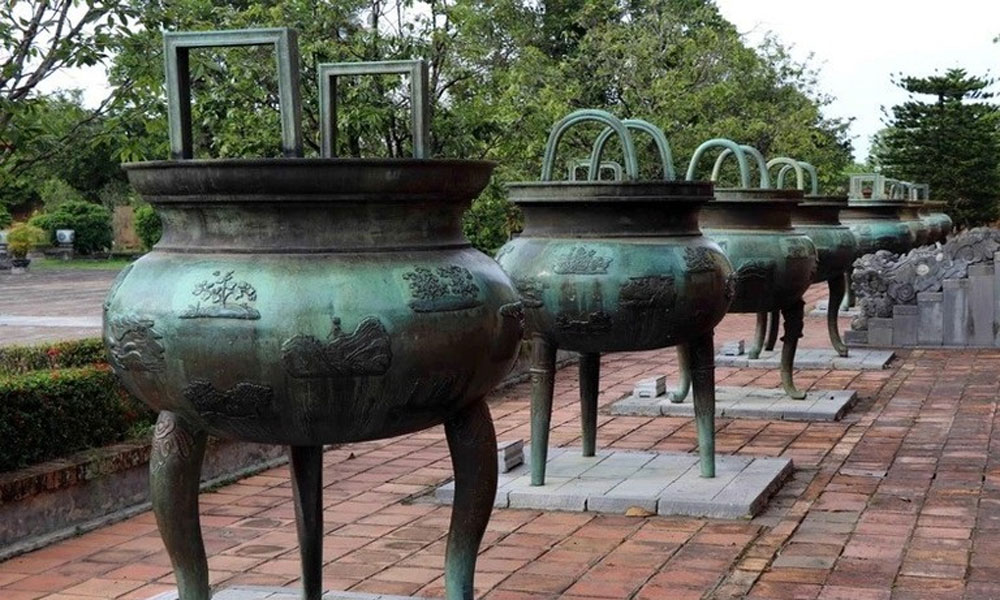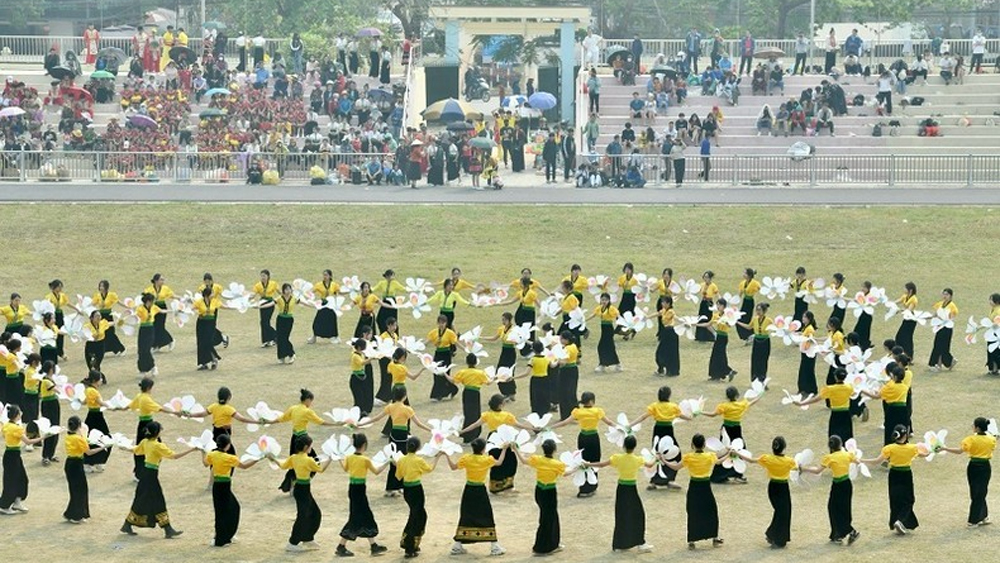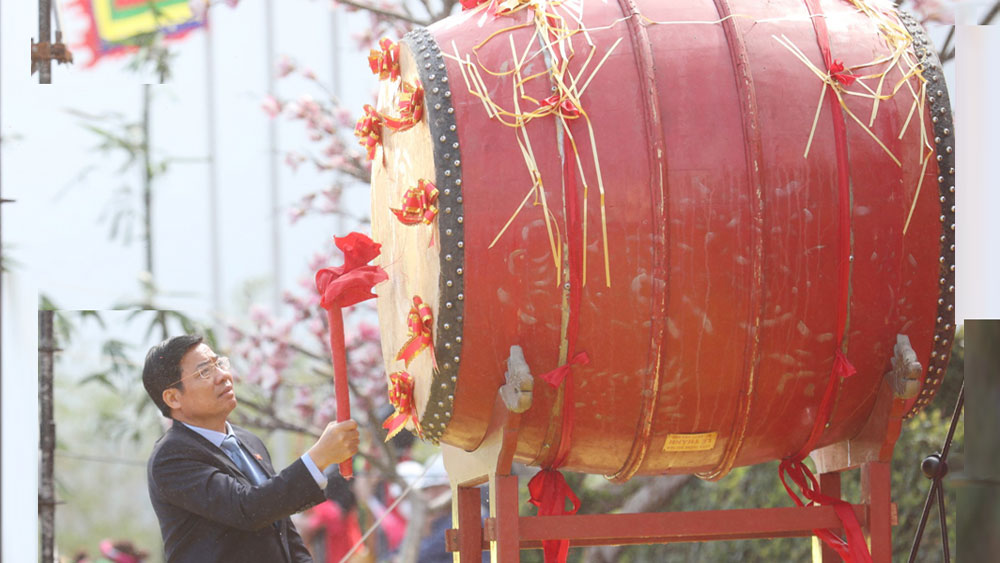Thua Thien-Hue approves Cuu Dinh’s documents to seek UNESCO recognition
The set of bronze artifacts is seeking UNESCO recognition as the world’s documentary heritage under the Memory of the World Programme.
 |
|
"Cuu Dinh”, or Nine Dynastic Urns, is seeking UNESCO recognition as the world’s documentary heritage under the Memory of the World Programme. |
The intact urns are horizontally placed at the yard of the The To Mieu (To Mieu Temple) in the Hue Imperial Citadel, a place to worship the kings of the Nguyen Dynasty – the last feudal regime of Vietnam which ruled the country from 1802 to 1945.
All cast in bronze, they symbolise the unity and the beauty of the country as well as sustainable existence of the Nguyen Dynasty.
King Minh Mang ordered the casting of the urns in late 1835 and they were completed in early 1837.
The highest urn is 2.5 meters high versus the shortest at 2.3 meters high. Each one, weighing up to 2,600 kg, has a name symbolising a king of the Nguyen Dynasty. The central one is dedicated to King Gia Long.
The urns can also be considered a “geographic encyclopedia” of Vietnam in the 19th century with 162 carved patterns exquisitely embossed on their surface depicting popular landscapes, like rivers, mountains; and daily activities across the country, including 90 images of typical plants and animals.
These create a great combination between carving and bronze casting. Until now, all the nine urns are still in their original position and remain intact.
Comparative cultural studies in Japan, China, and the Republic of Korea showed that the set of tripod urns currently displayed in the citadel of Hue is the only existing one of its type.
It was recognised as a national treasure in 2012, and is considered the most valuable bronze works in Vietnam.
Source: NDO/VNA
 Bắc giang
Bắc giang















Reader's comments (0)